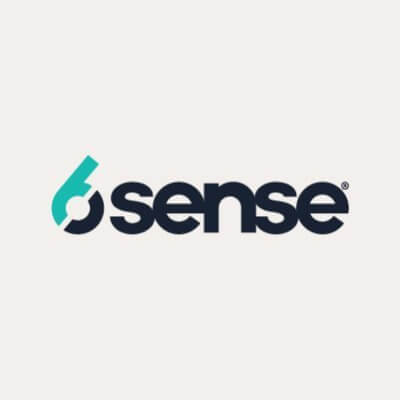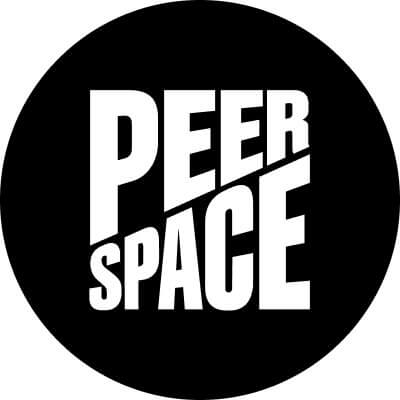This company’s drug could effectively end the HIV epidemic—but patients remember how it slow walked a past treatment
Four decades after the human immunodeficiency virus was first identified, the end of the epidemic could be in sight. Thanks to treatments and preventive medications, new infections worldwide have fallen dramatically, from 3.3 million at their peak in 1995 to 1.3 million in 2023. Now, with the arrival of a groundbreaking drug from Gilead Sciences, there’s serious talk about bringing new cases down to zero. Foster City, California–based Gilead is already the leader in HIV prevention. Its daily oral pill Descovy accounts for about 40% of the U.S. market for pre-exposure drugs, known as PrEP (pre-exposure prophylaxis). Sales of the company’s portfolio of drugs for HIV prevention and treatment reached $19.6 billion in 2024. Some 75% of the nearly 40 million people worldwide who live with HIV receive a Gilead-branded drug or a generic version, according to the company. But the twice-a-year injectable lenacapavir, which is on track for a June 19 approval as PrEP by the U.S. Food and Drug Administration, has the potential to be a game changer. The first study of lenacapavir to prevent HIV infections, which included more than 5,000 women, showed it to be 100% effective—the first Phase 3 HIV-prevention trial ever with zero infections. In a subsequent study of more than 3,000 men, transgender people, and nonbinary individuals who had sex with male partners, lenacapavir reduced new HIV infections by 96% compared to background incidence. “A twice-yearly injection to prevent the infection could change everything,” says Gilead CEO Daniel O’Day, “putting an end to the epidemic and all the health and economic challenges that come with it.” According to one estimate, lenacapavir could avert up to a third of HIV infections in eastern and southern Africa over 10 years, if priced affordably enough. Gilead has trumpeted plans for the rollout of lenacapavir in low- and middle-income countries. But these noble promises sit uncomfortably with some patients in the U.S., where the company makes more than 80% of its HIV revenues—and where Gilead is accused of putting profits over patients’ interests. Even as the FDA weighs approval for lenacapavir, the California Supreme Court has been considering a liability lawsuit brought by more than 24,000 plaintiffs, who say they suffered bone and kidney damage because Gilead delayed the launch of an HIV treatment two decades ago to maximize profits on an older, more toxic drug. What’s more, Gilead’s halo-burnishing work in the developing world is increasingly threatened by the Trump administration, as it decimates the funding and infrastructure that would support lenacapavir’s rollout. HIV drugs have long been among the most politically charged molecules on the market. At this moment, they are explosive. Since the U.S. approved AZT—marketed as Retrovir by drugmaker GlaxoSmithKline—as the first AIDS treatment in 1987, there’s been a drive to develop new drugs that better suppress the HIV virus and are safer, more tolerable, and more convenient to take. “The history of HIV [medicines] has been one of innovation and then continued innovation,” says Jared Baeten, Gilead’s senior vice president of clinical development in virology. And Gilead controls many of the most lucrative innovations. In the early 2000s, HIV patients took handfuls of pills daily. Gilead and its partner Bristol-Myers Squibb were the first to combine those medicines into a single tablet: Atripla, which launched in 2006. As drugmakers developed new treatments, they also pursued preventive strategies, based on the understanding that the virus has difficulty establishing itself in people who have antiretroviral drugs in their bodies. The first FDA approval for PrEP medication was in 2012, for Gilead’s Truvada. PrEP has been transformative. New HIV infections have dropped 39% globally since 2010, and annual new infections are down at least 66% in the 11 African countries that are a focus for the Global HIV Prevention Coalition. Gilead saw an opportunity to increase this progress by developing a treatment that requires less frequent dosing. First approved as an HIV treatment in the U.S. in 2022, under the brand name Sunlenca, lenacapavir emerged from a dozen years of preclinical work. Instead of attacking the viral enzymes that help HIV to replicate, as most antiretroviral medicines do, it targets the HIV capsid protein, which holds the viral genetic information. “That offers a different opportunity to address the disease, because you hit the virus at different steps in the life cycle,” says Gilead chief medical officer Dietmar Berger. Gilead researchers synthesized more than 4,000 molecules to find one with the potency and duration to allow for dosing twice a year, and potentially even less frequently. If approved for HIV prevention, lenacapavir won’t be the first long-lasting injectable on the market. In 2021, the FDA approved Apretude, an injectable form of PrEP that must be taken every two months.

Four decades after the human immunodeficiency virus was first identified, the end of the epidemic could be in sight. Thanks to treatments and preventive medications, new infections worldwide have fallen dramatically, from 3.3 million at their peak in 1995 to 1.3 million in 2023. Now, with the arrival of a groundbreaking drug from Gilead Sciences, there’s serious talk about bringing new cases down to zero.
Foster City, California–based Gilead is already the leader in HIV prevention. Its daily oral pill Descovy accounts for about 40% of the U.S. market for pre-exposure drugs, known as PrEP (pre-exposure prophylaxis). Sales of the company’s portfolio of drugs for HIV prevention and treatment reached $19.6 billion in 2024. Some 75% of the nearly 40 million people worldwide who live with HIV receive a Gilead-branded drug or a generic version, according to the company.
But the twice-a-year injectable lenacapavir, which is on track for a June 19 approval as PrEP by the U.S. Food and Drug Administration, has the potential to be a game changer. The first study of lenacapavir to prevent HIV infections, which included more than 5,000 women, showed it to be 100% effective—the first Phase 3 HIV-prevention trial ever with zero infections. In a subsequent study of more than 3,000 men, transgender people, and nonbinary individuals who had sex with male partners, lenacapavir reduced new HIV infections by 96% compared to background incidence.
“A twice-yearly injection to prevent the infection could change everything,” says Gilead CEO Daniel O’Day, “putting an end to the epidemic and all the health and economic challenges that come with it.” According to one estimate, lenacapavir could avert up to a third of HIV infections in eastern and southern Africa over 10 years, if priced affordably enough. Gilead has trumpeted plans for the rollout of lenacapavir in low- and middle-income countries.
But these noble promises sit uncomfortably with some patients in the U.S., where the company makes more than 80% of its HIV revenues—and where Gilead is accused of putting profits over patients’ interests. Even as the FDA weighs approval for lenacapavir, the California Supreme Court has been considering a liability lawsuit brought by more than 24,000 plaintiffs, who say they suffered bone and kidney damage because Gilead delayed the launch of an HIV treatment two decades ago to maximize profits on an older, more toxic drug.
What’s more, Gilead’s halo-burnishing work in the developing world is increasingly threatened by the Trump administration, as it decimates the funding and infrastructure that would support lenacapavir’s rollout. HIV drugs have long been among the most politically charged molecules on the market. At this moment, they are explosive.
Since the U.S. approved AZT—marketed as Retrovir by drugmaker GlaxoSmithKline—as the first AIDS treatment in 1987, there’s been a drive to develop new drugs that better suppress the HIV virus and are safer, more tolerable, and more convenient to take. “The history of HIV [medicines] has been one of innovation and then continued innovation,” says Jared Baeten, Gilead’s senior vice president of clinical development in virology. And Gilead controls many of the most lucrative innovations.
In the early 2000s, HIV patients took handfuls of pills daily. Gilead and its partner Bristol-Myers Squibb were the first to combine those medicines into a single tablet: Atripla, which launched in 2006. As drugmakers developed new treatments, they also pursued preventive strategies, based on the understanding that the virus has difficulty establishing itself in people who have antiretroviral drugs in their bodies. The first FDA approval for PrEP medication was in 2012, for Gilead’s Truvada.
PrEP has been transformative. New HIV infections have dropped 39% globally since 2010, and annual new infections are down at least 66% in the 11 African countries that are a focus for the Global HIV Prevention Coalition. Gilead saw an opportunity to increase this progress by developing a treatment that requires less frequent dosing.
First approved as an HIV treatment in the U.S. in 2022, under the brand name Sunlenca, lenacapavir emerged from a dozen years of preclinical work. Instead of attacking the viral enzymes that help HIV to replicate, as most antiretroviral medicines do, it targets the HIV capsid protein, which holds the viral genetic information. “That offers a different opportunity to address the disease, because you hit the virus at different steps in the life cycle,” says Gilead chief medical officer Dietmar Berger. Gilead researchers synthesized more than 4,000 molecules to find one with the potency and duration to allow for dosing twice a year, and potentially even less frequently.
If approved for HIV prevention, lenacapavir won’t be the first long-lasting injectable on the market. In 2021, the FDA approved Apretude, an injectable form of PrEP that must be taken every two months. Made by ViiV (which is majority-owned by GlaxoSmithKline), it had sales of about $350 million in 2024. But Gilead is betting that fewer shots per year will lead to better adherence—and justify a list price that some experts speculate could surpass $40,000, about twice the annual cost of Apretude.
A $40,000-a-year drug hardly seems to be a scalable solution for the most vulnerable populations impacted by HIV. But drug pricing in the U.S. is exceptionally complicated. When it comes to accessing PrEP, an individual’s options come down to where they live and what insurance they have.
Under the Affordable Care Act, nearly all private insurance plans and state Medicaid plans have been mandated to fully cover PrEP. But if you’re uninsured, you may have to piece together support from multiple sources, explains Jeremiah Johnson, executive director of the nonprofit PrEP4All. While someone might get medicines through a patient assistance program, they might not have coverage for related lab tests or provider visits.
These coverage disparities are reflected in HIV infection rates, which are rising the fastest in Southern states, many of which didn’t expand their Medicaid programs under the Affordable Care Act. Meanwhile, Black Americans, who make up about 14.4% of the U.S. population, accounted for 37% of estimated new HIV infections in 2022. Hispanic/Latino Americans, at 18% of the U.S. population, had 33% of new infections. And because the rollout of PrEP has primarily targeted gay men, “women have often been neglected,” says Lealah Pollock, a physician at the University of California, San Francisco, who specializes in HIV care for women, transgender people, and nonbinary individuals.
In its efforts to engage marginalized populations, Gilead has become one of the largest funders of HIV-related programs globally and in the U.S. It distributed more than 900 HIV-related grants totaling nearly $214 million in 2023 (the most recent numbers the company has disclosed). It’s given more than $129 million since 2017 to nearly 490 community-based HIV/AIDS organizations in the U.S. South, and has provided free medicines for more than 550,000 individuals without insurance over the past 25 years.
But Gilead has drawn fire for the prices of its drugs. Mark Harrington, executive director of the nonprofit advocacy Treatment Action Group, points to Gilead’s launch of Truvada for PrEP in 2012. Since the drug had already been on the market as an HIV treatment, many patient advocates hoped Gilead would lower the price of Truvada for PrEP—the company’s new R&D cost was minimal, after all. Instead, Gilead set the same price as it had for treatment. Then it started raising the price—by 45% within five years. The list price for a month’s worth of Truvada hit $1,800 in 2021—the year $30-a-month generics came to market. Gilead was one step ahead, however: It was already rolling out its next PrEP medication, Descovy.
The decade after Truvada’s launch was “a missed opportunity for the U.S. and other countries to roll out oral prep,” says Harrington, in part because of the “excessively high price” charged by Gilead. He and other patient advocates don’t hold out much hope that the company’s rollout of lenacapavir will be any different. “Lenacapavir is a fantastic achievement and broadens options for treatment and prevention,” Harrington says. “But [Gilead’s] pricing policies have been outrageous and continue to be outrageous.”
The lawsuit now before the California Supreme Court has put Gilead’s pricing strategies in the spotlight and revealed the inherent issues when one company effectively controls an entire category of drugs. The case involves more than 24,000 patients on HIV treatment regimens that contained a molecule known as tenofovir disoproxil fumarate (TDF). First approved in October 2001 and branded as Viread, TDF became a key component in combination therapies like Truvada and Atripla. In 2015, sales of Truvada and Atripla each totaled more than $3 billion, while sales of Viread alone surpassed $1 billion.
The plaintiffs allege that as early as 2001, Gilead had developed tenofovir alafenamide fumarate (TAF), a similar but chemically distinct drug that the company knew might have fewer side effects than TDF, which has been linked to bone mineral density loss and kidney damage. Rather than bring this newer drug to market, though, the company intentionally delayed its development to maximize profits on TDF.
Internal documents from the time, uncovered by plaintiffs’ attorneys, outline Gilead’s strategy of waiting until TDF’s patent was close to its 2017 expiration before filing patents for TAF, which was approved by the FDA in 2016, and marketed as Descovy. Gilead then worked aggressively to switch patients to the new, patent-protected drug before a generic version of TDF became available. Called “product hopping” or “evergreening,” this practice is common in the pharma industry and is used by companies to maintain extended monopolies in a treatment area.
Robert Jenner, co-lead counsel for the plaintiffs, says the lawsuit boils down to a simple question: “Does a pharmaceutical company have a duty to release a safer drug when it has one, or can it delay its release just to make more money?” He is confident in the case: “Courts across the country, including in California, have recognized that a company doesn’t need to sell a ‘defective’ product to be liable. It just needs to have made a negligent choice that caused harm.”
Gilead has argued that it had no legal duty to release TAF any earlier than it did, and its motion for summary judgment is now being weighed by the California Supreme Court. In the meantime, industry groups, the chambers of commerce of the United States and of California, the National Retail Federation, and more than 40 manufacturers across the drug, medical device, automobile, and consumer goods industries have filed amicus briefs in support of Gilead. They say that finding in favor of the plaintiffs would create a “duty to innovate” that would effectively force drugmakers and others to bring new products to market. (Gilead declined an interview about the case.)
If the California Supreme Court lets the case proceed, lawyers for the plaintiffs have several “bellwether” cases prepared for trial and hope that a favorable outcome in one of these will convince Gilead to make a broader settlement. (In June 2024, Gilead agreed to pay up to $40 million to settle a separate, federal lawsuit over TDF, involving more than 2,600 plaintiffs.)
“We want an outcome that is cognizant of the kind of innovation that we want from companies,” says Johnson of PrEP4All. “Do we truly want to reward companies for making decisions to withhold treatments that may be safer?”
Gilead’s reputation abroad is somewhat less complicated. Of the more than 3.5 million people who received PrEP at least once in 2023, more than 75% were in the African region, where Gilead works to make its drugs accessible and affordable. Lenacapavir is meant to be a cornerstone of this public mission.
Gilead already has agreements with generic drugmakers to supply low-cost versions of the drug in 120 countries—and to provide what’s known as “access pricing” until these manufacturers get up to speed. The company is also partnering with several foundations to make lenacapavir available to at least two million people within three years. But the effort has lost a key partner in the U.S. government, which has traditionally provided two-thirds of the financing for HIV prevention in low- and middle-income countries.
Since taking office, President Trump has paused funding to the President’s Emergency Plan for AIDS Relief (PEPFAR), an initiative launched in 2003 that’s saved 26 million lives, and cut funding to the UNAIDS program. He’s also dismantled the U.S. Agency for International Development, which supports the distribution of HIV drugs worldwide. A Center for Global Development/New York Times analysis estimates as many as 1.65 million people could die within a year without U.S. foreign aid for HIV prevention and treatment.
The Global Fund, one of Gilead’s foundation partners in rolling out lenacapavir, has said it intends to fund the drug’s distribution, with or without the help of PEPFAR. But even if Gilead provides huge discounts on medicines, the infrastructure that supports their delivery has been demolished. “Lowering the price by itself is not going to open a clinic or restore a data system or restore staff that has been let go,” says Harrington.
Gilead did not make an executive available to discuss the Trump administration’s impact on its global HIV efforts. A spokesperson didn’t offer specifics on the company’s plans but cited its “nearly 20 years of experience of ensuring access to our lifesaving medicines in low-to-lower-middle-income countries.” They added, “We do not expect these changes to have a commercial impact on lenacapavir.”
In other words, there’s still an opportunity to make money from lenacapavir. But the opportunity to end AIDS around the world—that may have to wait.


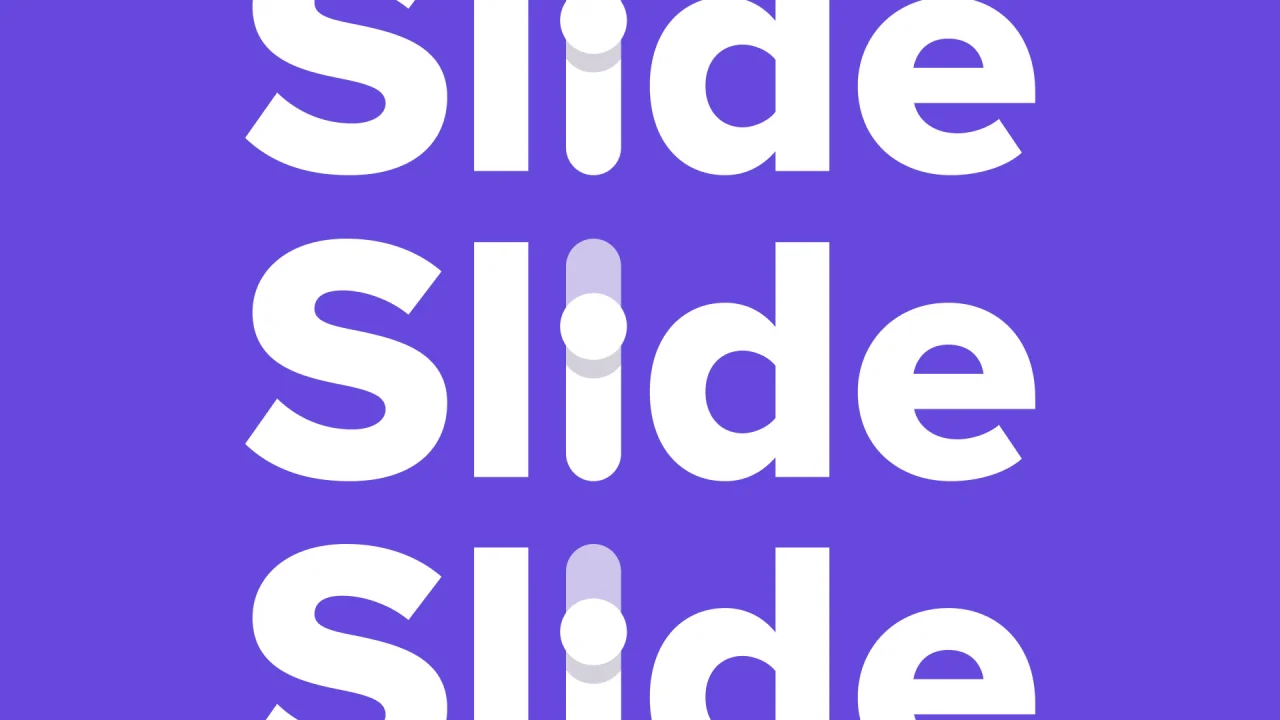
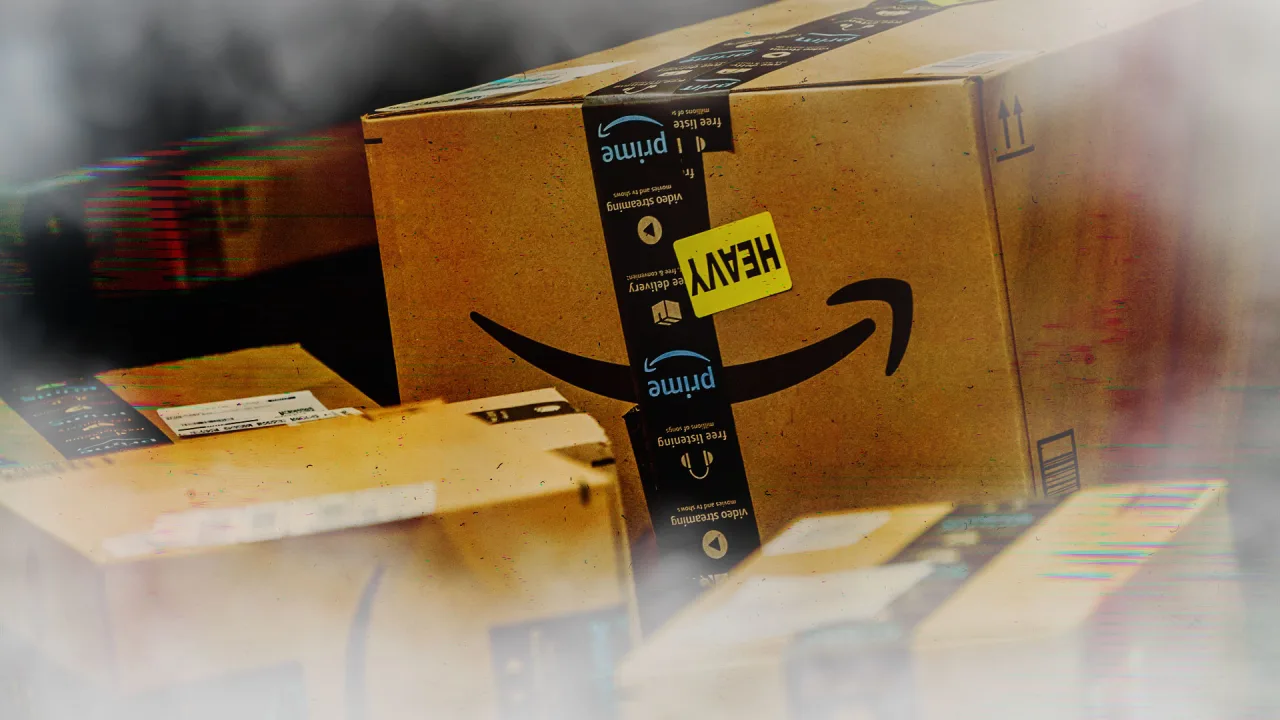


























































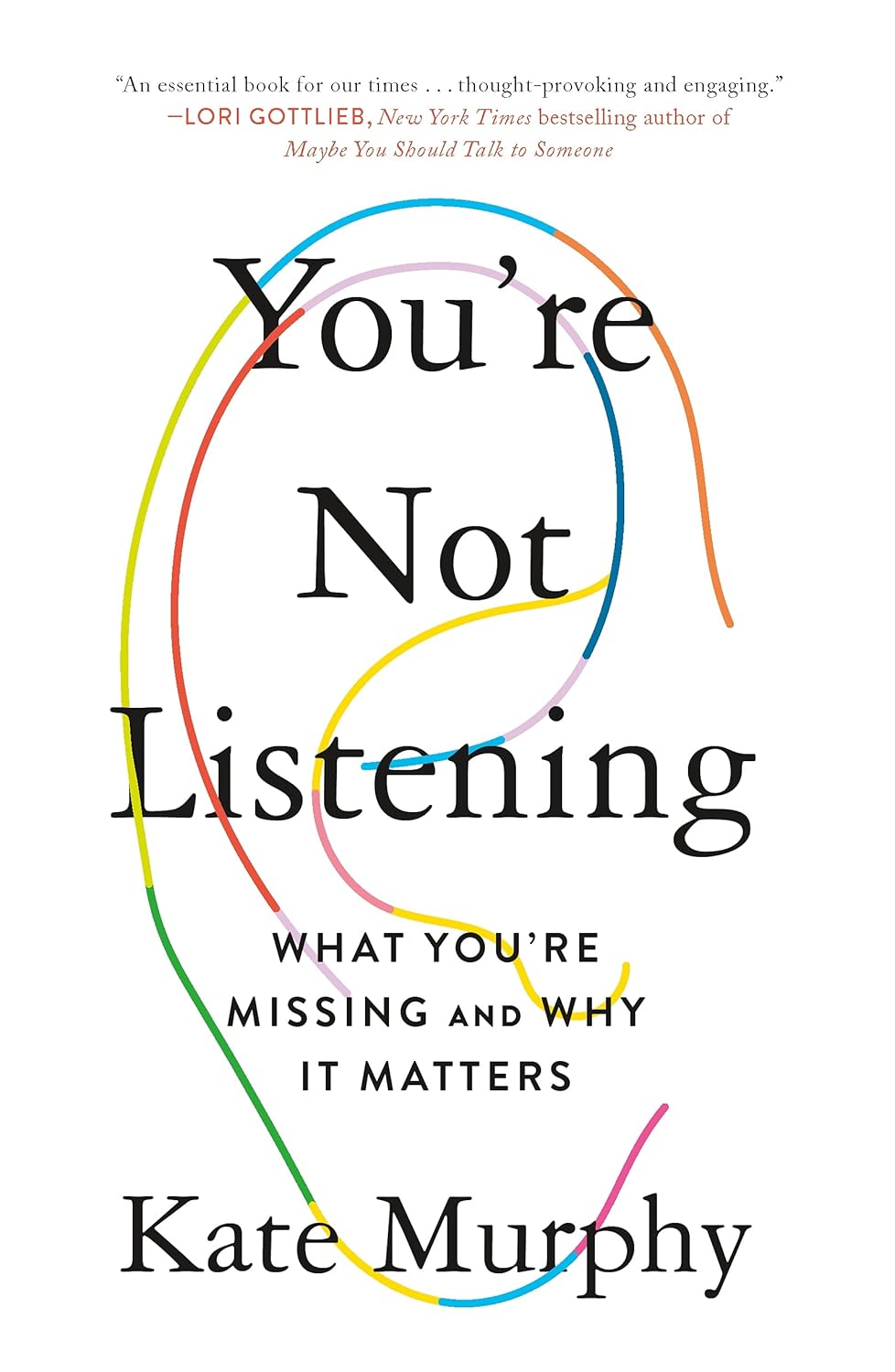




![https //g.co/recover for help [1-866-719-1006]](https://newsquo.com/uploads/images/202506/image_430x256_684949454da3e.jpg)












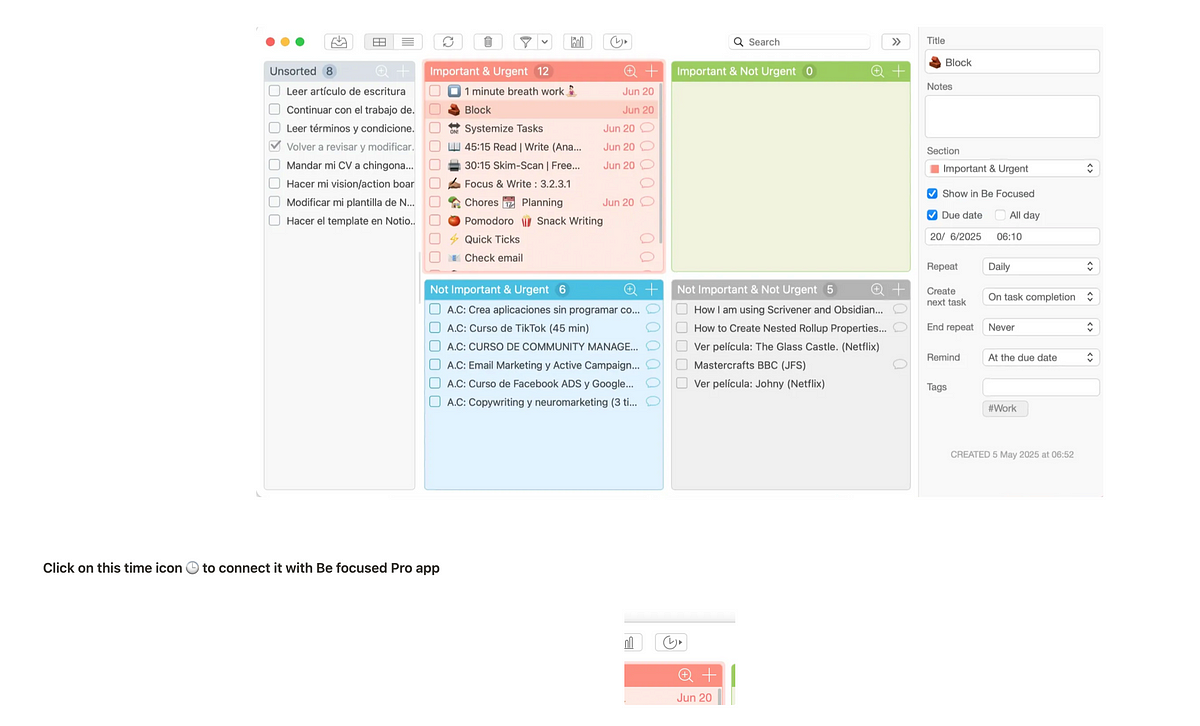








![How Smart PMs Scale Their Careers in Any Org [TPG Live Recap]](https://tpgblog.com/wp-content/uploads/2025/06/2025-06-12-thumbnail-action.png?#)

























